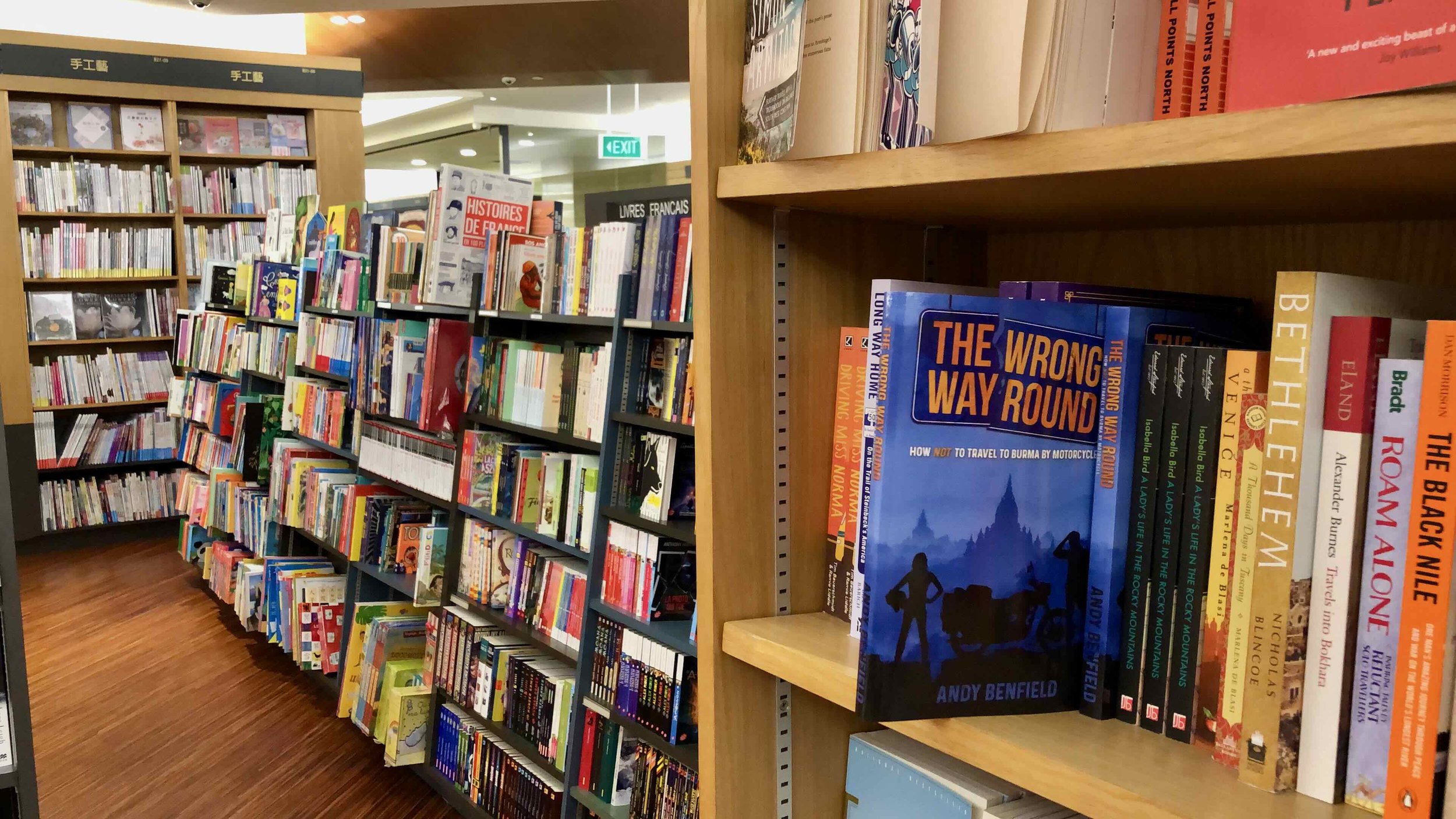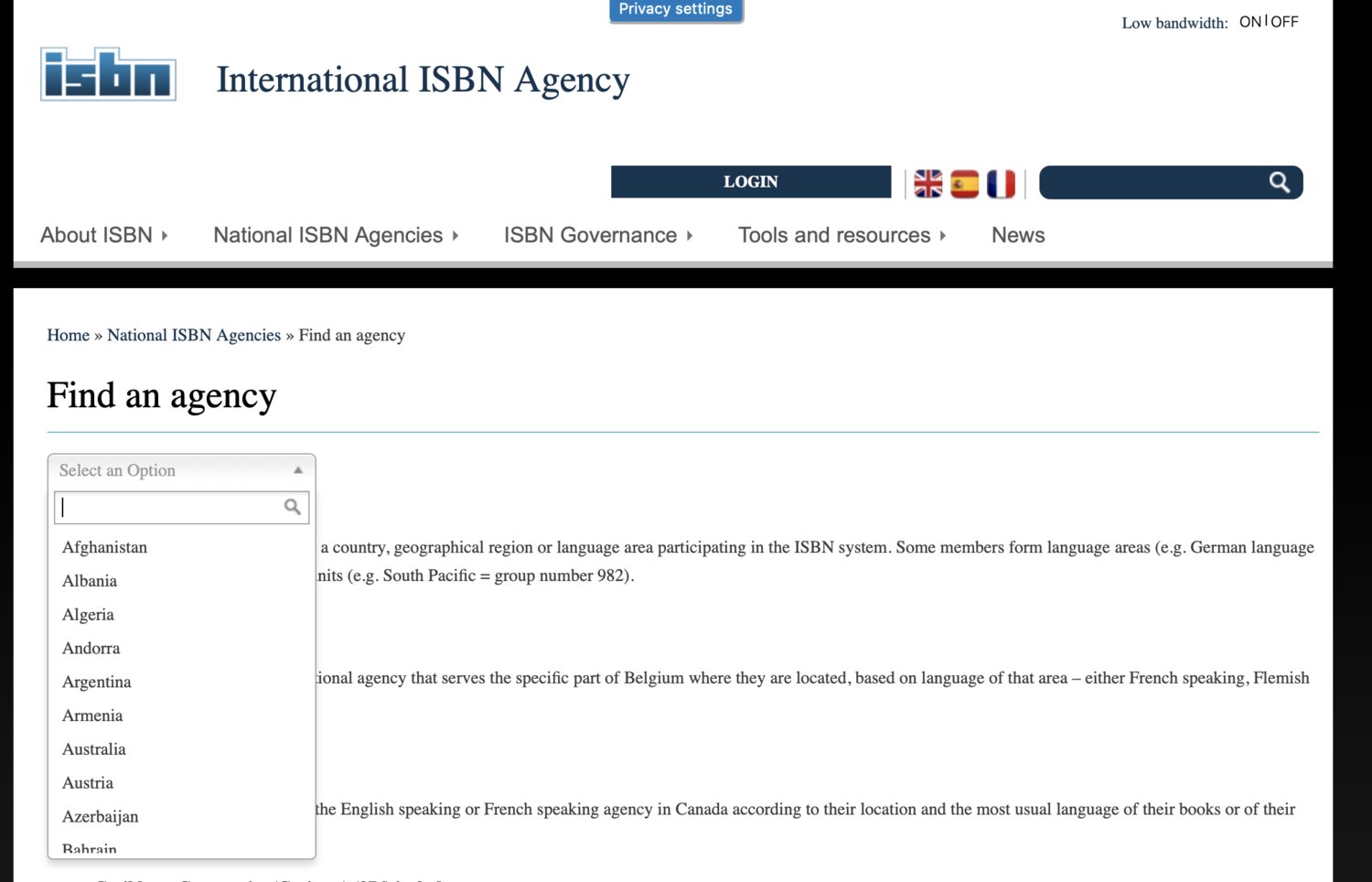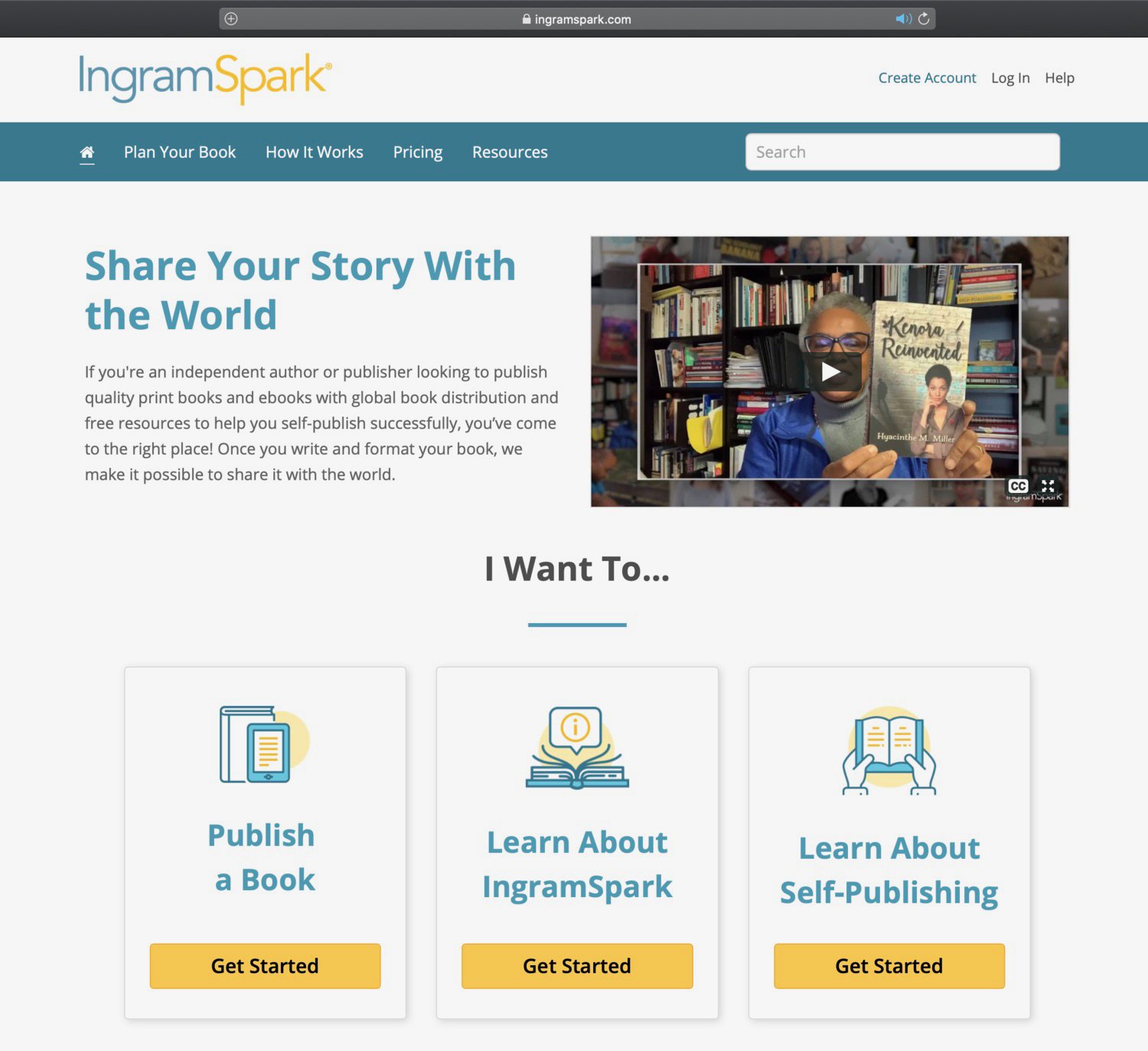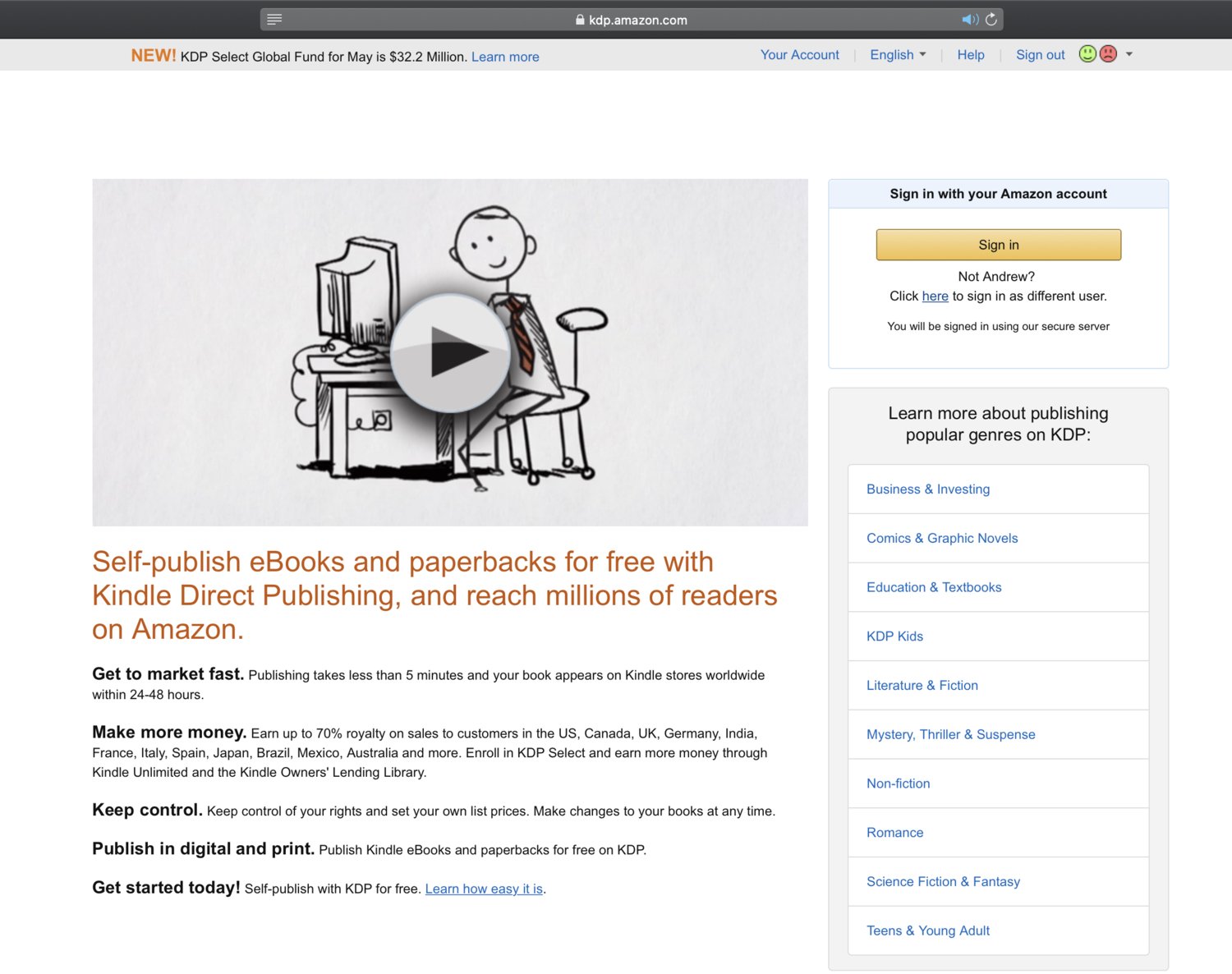Everyone Has a Little Book in Them…
“Everyone has a little book in them, and, in most cases, that is exactly where it should stay.”
So said Christopher Hitchens, the late English philosopher, wit and all-round bon vivant. But it seems that I’m not the only one ignoring his counsel - since bringing my own book The Wrong Way Round out, many people have got in touch to ask me how they can get their own masterpieces into print, rightly figuring out that if I could manage it, then it really can’t be that hard.
The Good Old Days
Had you asked me this question a decade or so ago, I would have replied that you needed to find a publisher who thought that your book could sell, and do so well enough to both recoup their printing costs and return a decent profit to split between the two of you. I would have added a warning to brace yourself as, being a new author, the vast majority of publishers would either reject your manuscript or, more likely, just not reply at all, no matter how damn good it was.
If you were lucky enough to find an interested publisher, the good news was that they would then edit and proofread your work, commission a nice cover, and do everything else necessary to turn it into a proper grown-up looking book. They would then organise and pay for an initial print run, market it, and get the thing into bookstores. However, in return they’d demand a nice healthy cut of the revenue of each and every book sold, forever. Plus you’d be obliged to sign over a bunch of rights to them, effectively handing over ownership of your book and anything else derived from it in the future, including that nice little Netflix mini-series you’d been fantasising about.
New Brooms
But all that has changed now thanks to a big shake-up in the publishing industry that has made doing it yourself a much more viable and attractive option.
Firstly, advances in technology have eliminated the need for print runs. In the past, you’d be obliged to order at least a few hundred copies from the printer in order to make it economically viable to churn them out. This was an especially unattractive proposition when you had yet to sell a single copy, meaning that having a publisher to stump up the cash was an absolute lifesaver. But newfangled machines and automation mean that it’s now perfectly feasible to print just a copy or two on-demand (plus of course people are increasingly choosing to read their books digitally rather than physically).
Secondly, a bunch of specialist companies and freelancers now offer all the services you need to get into print that were previously the preserve of publishers. And they do so in return for a one-off fee rather than a life-long cut of your sales. This means you no longer need a publisher for tasks such as proofreading, editing, formatting and cover design.
Thirdly, you also no longer need a publisher to get your book into a bookstore, be it a bricks-and-mortar or an online one. That’s because such stores increasingly source their books from a couple of global distributors and these distributors now have online platforms that allow individual authors to upload their works, with the distributors then just printing copies when bookstores order them.
This brave new world has of course made times tougher for publishers, which means they’re much less generous now than they used to be. For example, you can forget about an advance payment for your book unless you’re already famous, and you may well be expected to design and finance your own marketing plan. But that hasn’t stopped the publishers still taking the same chunk of revenue from every book sale.
Finally, as self-publishing has become increasingly commonplace thanks to the above, so the previous stigma associating it with vanity publishing (i.e. paying a publisher to put out your work) has faded away. Plenty of famous authors have now cut the chord with their publishers to go it alone, and many new ones never even think of getting one in the first place.
The Right Way Round
So how do you actually self-publish in practice? Here’s how I did it for my book, The Wrong Way Round.
Proofing the Pudding
Once I’d completed the not insignificant task of writing the thing, first on my list was to get it proofread - that’s weeding out the typos and grammatical errors that are inevitably still buried in a text even after all your read-throughs - and also edited - checking the quality, flow, and coherence of the writing. A simple web search brought up a bunch of outfits offering such services and, after looking through their offerings and reviews, I settled on a company called 1106 Design. I’m pleased to say that they did a sterling job. Of course there are also plenty of other companies and freelancers out there who I’m sure would do an equally good one.
Laying it Out
Now I had the text finalised, I needed to sort out the layout of the book. This includes deciding on its overall physical size, margins, and font, and then making sure that the text flows properly through this format. I also wanted to add in a Table of Contents, an About the Author section, and a map that I’d already hired a freelance artist to draw.
I decided to use the same company that had done my editing and proofreading, 1106 Design, and was again very happy with their work. You could instead go it alone, using one of the specialised software packages that are now out there, but there will likely be a steep learning curve with this, as it turns out that book formatting is not quire as straightforward as one might think.
Whichever option you go for, the finished product should be the same - a digital file in the right format for uploading to the distributors that you’re planning to use to sell your book. Rather, make that two digital files if you’re planning to publish an e-book along with your paperback, as each requires a distinct format.
People Do Judge a Book by its Cover
I realised that people were not even going to lift my book up off the shelf or click on it online if they were turned off by an unattractive, boring, or amateurish cover. After a couple of unsuccessful stabs at knocking one up myself, I concluded that getting a design, colour scheme, and font that look professional, attractive, and reflect the content and style of your book is an art in itself - and one that I was definitely not a master of. I therefore decided to contract a freelance graphic designer to do it for me. Unfortunately that didn’t work out too well either - perhaps because I didn’t really know what I wanted in the first place and so was unable to give her a sufficiently detailed brief. Thankfully, I then chanced upon 99 Designs, a company who will actually run a competition for you, getting dozens of designers to propose covers for your book, meaning you get a whole smorgasbord of options that you can then mix, match and refine.
That worked really well for me and I finally got something I was happy with. But another, cheaper, option would have been to choose from a catalogue of cover templates on a site like Canva and then customise one to my book.
My back cover also needed two things that a designer wouldn’t be able to provide. The first was a snappy blurb telling the prospective reader what the book was about and hopefully making them want to read it - text I later found out was also very handy to send to people when promoting the book. So I spent a good deal of time drafting this, trying to get it as polished and snappy as possible. The second was an International Standard Book Number (ISBN) and accompanying barcode. This allows easy classification and processing of any book, as well as making it look that bit more professional - though if you are planning to only list your book on Amazon then you can get away without one as they use their own classification system. The numbers are issued by a global ISBN Agency through their national-level affiliates for each country, ensuring that each and every book in the world gets a unique one. So I went to the global ISBN Agency website to find the national-level affiliate in my home country, the UK, then went to their site, registered some basic details about my book, made a small payment, and was promptly issued with my very own ISBN.
What Are You Worth?
As I wasn’t using a publisher, it was up to me to set the selling price for my book. I spoke to some other authors who advised me to shoot low to win readers, given that I was a completely unknown name. So I looked at what other books in the same genre and format were selling for on Amazon and then priced mine at the lower end of that range.
I set different prices for the paperback and the e-version - pitching them at $9.99 and $4.99 respectively - given that the latter has no printing costs to be covered. It’s at this point that I should tell you the drinks are not going to be on me as, even with no publisher to compensate, this pricing means that I make only $1-2 from each paperback sold and $2-3 from each e-book. So you might not want to quit your day job just yet.
Bringing it All Together
With my digital book and cover files complete and my price set, I was finally ready to publish. I chose to use the two main global distributors to do this, both of whom would then print and ship my book on-demand.
The first was Ingram Spark, who most bookstores across the world seem to order their books from.
The second was Amazon who, as you may have heard, do a tidy line in selling books directly to readers. They do also sell to bookstores, but for this they insist that you use them and only them, meaning you can’t also sign up with Ingram if you do. Given that Ingram have a much larger client base of bookstores, I decided to use Amazon only for direct sales to readers.
Getting my book listed was a pretty similar process for both distributors. First, I signed up for an account, here for Ingram and here for Amazon. I should note at this point that Amazon confusingly call their distribution service “Kindle Direct Publishing”, or KDP for short, despite it being for both e-books (Kindles in Amazon-speak) and paperbacks.
Once registered, I uploaded my interior and cover files and completed some basic info about my book and myself (including bank account details for those revenues to flow into). I then ordered a print copy from both distributors to check that everything looked good in the flesh. Once I had received and verified these, a couple more clicks on their sites had my book live, meaning that bookstores could order it from Ingram and civilians could buy it directly from Amazon.
I’m now able to log in to either account to see how sales are going, and both distributors send me a monthly report on sales by country, as well as of course paying the corresponding royalties into my bank account (though these payments come two months after the sales in question have taken place). Both distributors also let you order copies for yourself at cost - or have them sent to anyone else you fancy, which is useful for when you want to ship books to people who you’re asking to do a review etc.
Finally, I should point out that both distributors also offer basic proofreading services prior to publishing, plus Amazon also offer layout and cover design, though personally I feel that you get a better service by using a dedicated company as I did.
Pushing Out the Merch
Once the book was live, I emailed major bookstores to tell them about it (quoting that nice blurb that I’d written for the back cover) and imploring them to order a few copies from Ingram to put on their shelves. They were actually surprisingly receptive to my pleas, with over 90% of them, from Tokyo to Thailand and from Delhi to Dubai, putting in an order.
I then searched for relevant podcasts, YouTube channels, celebrities and influencers, offering to send them a copy, and then asking them to post something about it on social media if they liked it. If relevant, I also included a proposal for an interview or book review. Of course these are busy people who get a lot proposals like this, so your success rate is likely to be quite low - my advice is to just keep plugging away however: after repeated rejections, I eventually scored a big fish when British celebrity Joanna Lumley agreed to read and review my book.
Finally, I did a book launch, which was not something I had been planning, but a good friend of mine happened to be the President of the Foreign Correspondent’s Club of Thailand at the time and very kindly offered to host one there. This event - which you can watch here - gave me the opportunity to present my book and generate some interest and sales, plus was something that I could subsequently post on social media and reference when I contacted people, making me look that little bit more professional.
If you’ve got money to burn, then you could hire a company to do a full blown marketing campaign and run ads for your book. But I felt that the chances of getting a positive return on my investment doing that would be low, so I chose not to.
And that’s it, job done!
I wish you the very best of luck and please feel free to contact me with any questions or comments…
Andrew












